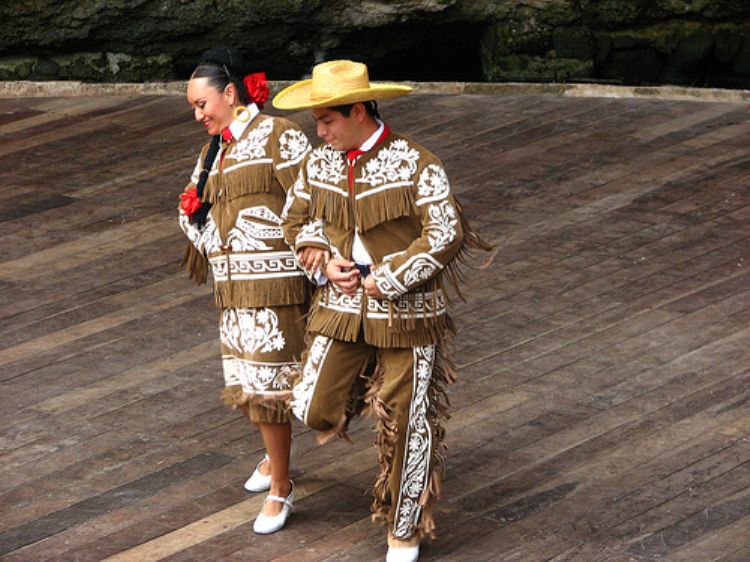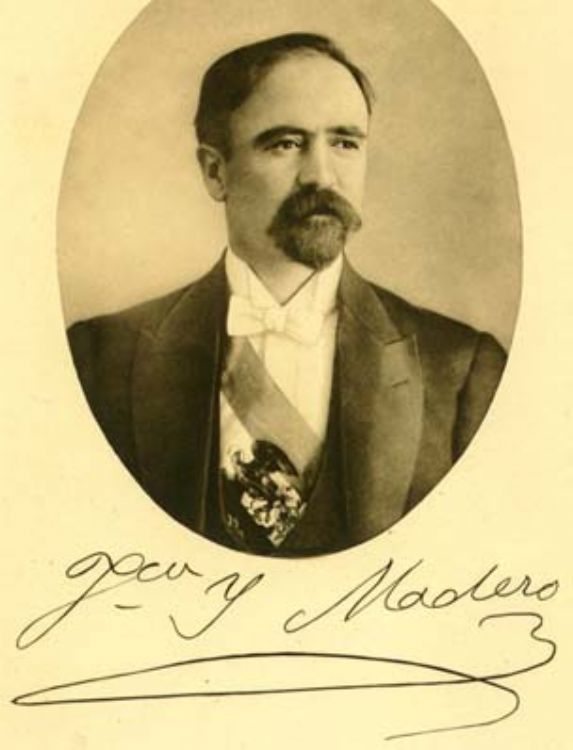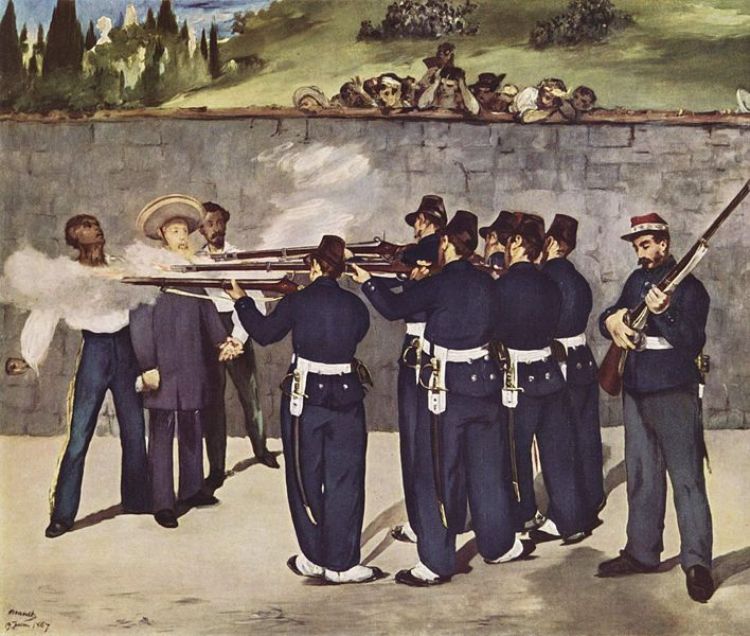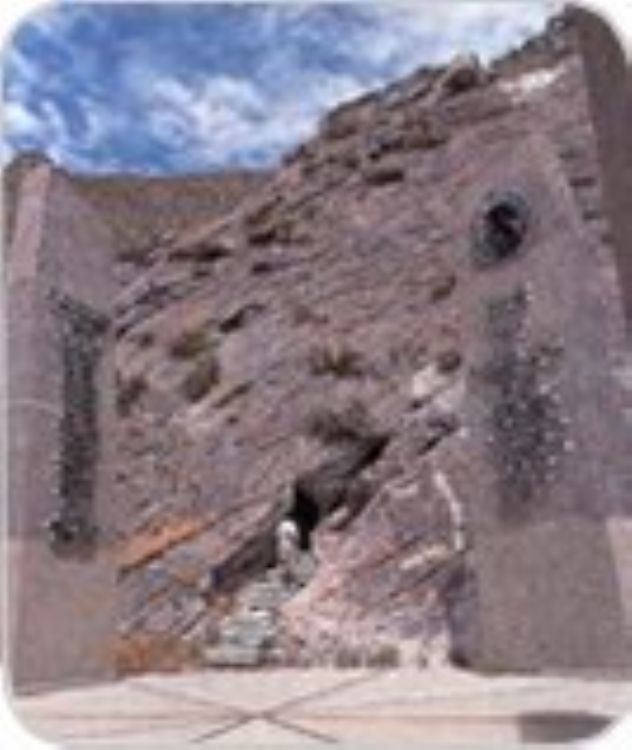
One of the most important painters of Mexican art during ...

Proud of their cuisine, Tamaulipas citizens like to brag and show off their extensive local menu of platters fit for every particular occasion. Days begin with sotol woodcock, pita flower with eggs, and toasts with nopal marmalade. Also made of nopal, the empanadas or pasties are ideal as a starter before lunch, which may include lamb or northern style fried pork, complemented with a local maguey liquor known as San Carlos mezcal. And for the evening, a cured meat called cecina, potato mole, or some mixed tamales along a maize beverage typical of the locality of Teja.
Honest and hardworking, state locals called tamaulipecos dress heavily with their leather clothes in response to the weather, and like to meet at the plazas to enjoy folk dances of the different state regions, and listen to the newest ballads known as corridos played by northern bands. In the north, along the U.S. frontier, the rapid and intertwined moves of local polka are in fact quite different from those of the Czech original dance, usually performed in a slower and simpler manner. Also of European origin and very popular in the XIX century, redova and schottische dances have been adapted by northern municipalities in the state, which have imprinted their own personality into artistic expressions coming from faraway lands and cultures.
Along the rhythm of a bass drum called tambora, together with the clarinet, those who inhabit the mountains in the central region of the state recreate the public embarrassment to which insurgent natives were subject to when captured by the authorities in charge of the Spanish villages. This dance, known as La Picota, also announces the arrival of the bride and groom when used during weddings. On the other hand, those along the Huatesca chain on the southern part of the state, enjoy and have fun to the rhythm of a famous folk dance called the huapango tamaulipeco. The sounds from this mountainous region descend from Spanish dances from the XVIII century, complemented with music of a rather irreverent and improvised character, where singers display the traditional Mexican cunningness in the shape of rhymes and verses.

One of the most important painters of Mexican art during ...

The Zetas are the armed force of the Gulf Cartel, a drug ...

The oil industry in the world has changed dramatically in...

He was born on the 30th of October 1873 at Hacienda el Ro...

The Mexican Revolution has been one of the political-soci...

The French intervention of Mexico by the army of the Seco...

Leonora Carrington was born in South Lancaster, England. ...

During the War of Reform, the confrontation between liber...

Tequila Express is a train that travels through the histo...

The oil industry in the world has changed dramatically in...
